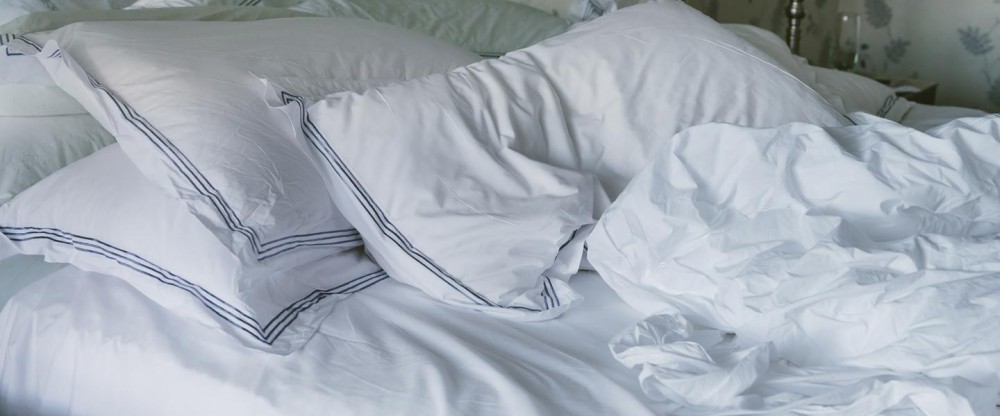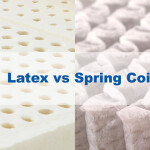Treating Sleep Apnea: What's New for CPAP Masks?
For the 18 million people living with sleep apnea, under 50% regularly use their CPAP mask while sleeping at night. Common patient complaints are that the masks, which opens the upper airway with pressurized air through a tube, are uncomfortable, awkward, and claustrophobic. Rates of sleep apnea are rising in the US and many people go undiagnosed. The real number of people with the disorder may even be as high as 30 million. In response to growing numbers, CPAP manufacturers (Philips Respironics, a Pittsburgh unit of Philips Electronics NV, and ResMed Inc., of San Diego) are making changes to the masks that will hopefully make them more comfortable. Design changes include softer materials, air pumps that are smaller and quieter, built-in humidifiers that keep air moist, and full face masks for bearded individuals.
Other treatments for sleep apnea include dental appliances that create more air space by drawing the jaw forward and surgery, which is normally reserved for more extreme cases. According to a feature on the challenges of CPAP use in the Wall Street Journal, 60-70% of sleep apnea patients opt for treatment by CPAP mask, which costs between $500 and $4000 but is typically covered by insurance.
The National Sleep Foundation has the following recommendations for those who would like to improve their quality of sleep with a CPAP mask:
- Attend a CPAP titration sleep study in which you will have the opportunity to try on CPAP masks of different shapes and sizes and decide which one is most comfortable.
- Contact your sleep specialist if you are still having trouble breathing with the CPAP so that adjustments can be made.
- Put on the CPAP when the lights are shut off and put back on when it is knocked off in the middle of the night. To be effective, the CPAP should be worn for 6-8 hours each night.
Learn more about sleep apnea, CPAP care and check out the Wall Street Journal feature on new efforts to treat sleep apnea, "The New Face of Sleep".
The right head support can greatly improve how comfortable you feel in bed.Learn more about how these medical devices can make a big difference in nighttime comfort for people with breathing issues.Could you have restless legs syndrome? Learn more about the symptoms so you can talk to your doctor.Sleep Apnea is a sleep disorder in which breathing is briefly and repeatedly interrupted during sleep. Learn how to cope...A frequent need to get up and go to the bathroom to urinate at night is called nocturia. It differs...Nearly one-quarter of all workers have shifts that are not during the daytime, and more than two-thirds of these workers...The Electronics and Sleep infographic highlights how technology affects the modern family and how parents can help design a sleep...Orexin receptor antagonists: A new class of sleeping pill Find out more about orexin, and a new type of sleep...You don't have to struggle with sleepless nights. Help is available! There are treatment options for insomnia, ranging from behavioral...Great news: more than three-fourths (76%) of those surveyed say that they had a good night’s sleep at least a...

Source: Internet





